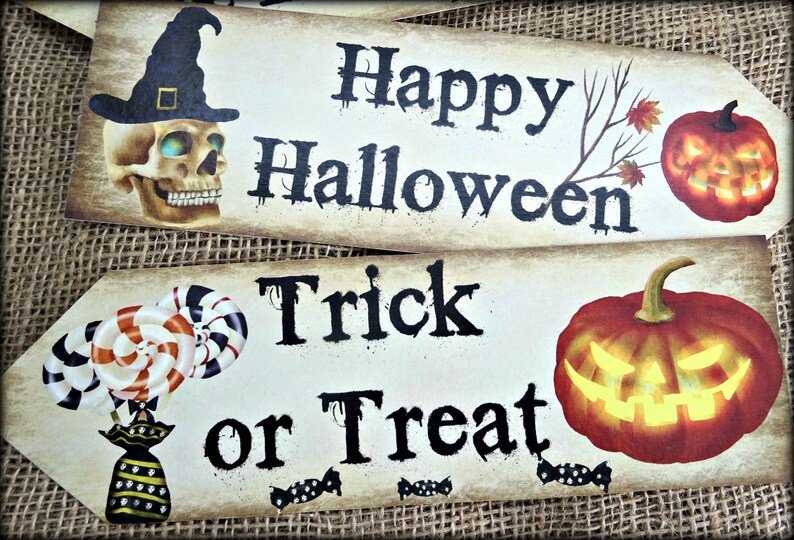
Conversely, a single description may be suitable for multiple terms. A single term may have multiple meanings and warrant multiple descriptions. Additionally, a description list may have multiple terms per description, as well as multiple descriptions per term. Ī description list may contain numerous terms and descriptions, one after the other. Instead of using a element to mark up list items, the description list requires two block-level elements: the description term element,, and the description element. Description lists are used to outline multiple terms and their descriptions, as in a glossary, for example.Ĭreating a description list in HTML is accomplished using the description list block-level element. See the Pen Value Attribute by Shay Howe ( on CodePen.Īnother type of list seen online (but not as often as unordered or ordered lists) is the description list. This solid dot is called the list item marker, and it can be changed using CSS. īy default, most browsers add a vertical margin and left padding to the element and precede each element with a solid dot.

Each item within an unordered list is individually marked up using the list item element. Creating an unordered list in HTML is accomplished using the unordered list block-level element. Unordered ListsĪn unordered list is simply a list of related items whose order does not matter. All of these choices play significant roles in the styling of our web pages. Also, we can decide if a list should be displayed vertically or horizontally. The marker could be square, round, numeric, alphabetical, or perhaps nonexistent. For example, we can choose what type of marker to use on a list. In addition to the three different types of lists available within HTML, there are multiple ways to style these lists with CSS. Choosing which type of list to use-or whether to use a list at all-comes down to the content and the most semantically appropriate option for displaying that content. When we want to use a list on a website, HTML provides three different types to choose from: unordered, ordered, and description lists. With a list for nearly everything, it’s easy to understand why they are also popular online.

Recipes provide lists of ingredients and lists of instructions. Navigational routes provide turn-by-turn lists of directions.


 0 kommentar(er)
0 kommentar(er)
